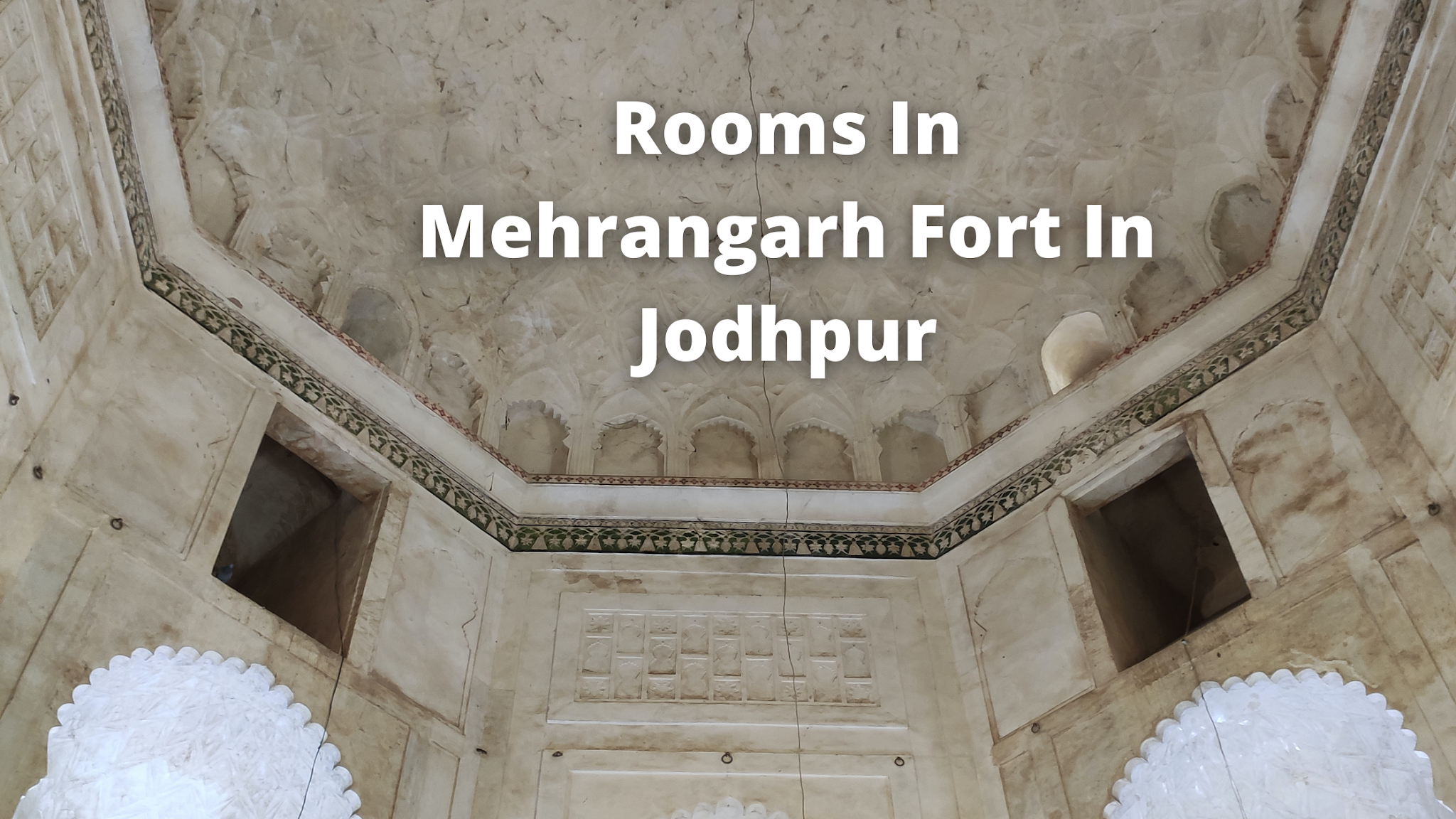let's begin With Sheesh Mahal
The Sheesh Mahal (Palace of Mirrors) changed into as soon as part of the personal apartment of Maharaja Ajit Singh of Marwar (r. 1707-1724). It is placed closer to the rear end of a hall (now the textiles gallery) which changed into as soon as used as residential quarters by means of the Maharajas of Jodhpur.
Under the arches in Sheesh Mahal are painted gesso panels depicting gods and goddesses which include Brahma, Shiv- Parvati, Devi, and Ganesh on their thrones. Krishna is pictured gambling the flute and lifting Mount Govardhan. Ram and Sita seem with Hanuman.
The wood ceiling and the European glass chandelier suspended on it are later additions and were introduced in the 19th century. The original 18th-century ceiling is displayed on the floor.
The Phool Mahal
The Palace of plant life is a superb 18th-century chamber constructed with the aid of Maharaja Abhay Singh (1724-forty nine) as a hall of the personal target market. The ceiling is in gold filigree and replicate, and the partitions, painted in the nineteenth century, depict the diverse moods of the Indian classical ragas, Royal Portraits, and the incarnations of Vishnu and Goddess Durga.
With its delicate hues, golden sheen, ornate ceiling, and stained glass home windows and screens, the Phool Mahal is absolutely the grandest duration room in Mehrangarh.
Takhat Vilas
The bed-chamber of Maharaja Takhat Singh (1843-73) is adorned from ceiling to ground with artwork on an expansion of topics; from Hindu gods and goddesses to European women. Even the ‘carpet’ on the floor is painted. Especially noteworthy are the lacquer artwork at the wood ceiling. Takhat Singh, an extraordinary purchaser of the arts, turned into the last of Jodhpur’s Maharajas to thoroughly reside in Mehrangarh.
Sardar Vilas
Sardar Vilas is an 18th-century palace room that underwent renovations inside the nineteenth and twentieth centuries. Displayed here are units of wooden doorways and home windows which had been as soon as a part of the palaces of Mehrangarh. Exquisite examples of nineteenth-century woodcraft from Marwar, those are embellished with ivory, lacquer, and paint.
Jhanki Mahal
Jhanki Mahal palace changed into constructed during the reign of Maharaja Takhat Singh of Marwar (r. 1843-1873). It is said that this palace become built to allow girls of the zenana to view formal lawsuits inside the courtyards under (‘Jhanki’ means ‘glimpse’). The jaalis and small home windows allowed them to appear down without being found.
Jhanki Mahal now houses the cradles collection. Some of those cradles or swings (‘jhulas’) have been used for infants, at the same time as others have been supposed for idols which were located in these swings on pageant days.
Want to Travel in Jodhpur then Cab Service in Jodhpur is best for you.
Dipak Mahal
Dipak Mahal is part of the Khwabgah courtyard constructed within the 18th century by Maharaja Ajit Singh of Marwar (r. 1707-1724 and later renovated by Maharaja Takhat Singh (r. 1843-1873). It becomes once the primary administrative center of the castle wherein the Diwans and other officers who oversaw administrative topics of the kingdom sat. The seat on the again became supposed for the Maharaja or an excessive legitimate while other officers occupied seats at the floor.
Moti Mahal
The Pearl Palace is one of the oldest surviving period rooms in the fortress. It changed into built inside the sixteenth century by means of Sawai Raja Sur Singh (1595-1619) as a Hall of Public Audience. The walls of the room are lustrously polished with ‘chunam’ and decorated with niches wherein lamps once flickered. The ceiling is fantastically embellished with a mirror and gilt.
Stay Tuned




0 Comments:
Post a Comment